Food Delivery in Korea 101
Jul 27, 2021 (Gmt+09:00)
LG Chem to sell water filter business to Glenwood PE for $692 million


Kyobo Life poised to buy Japan’s SBI Group-owned savings bank


KT&G eyes overseas M&A after rejecting activist fund's offer


StockX in merger talks with Naver’s online reseller Kream


Mirae Asset to be named Korea Post’s core real estate fund operator


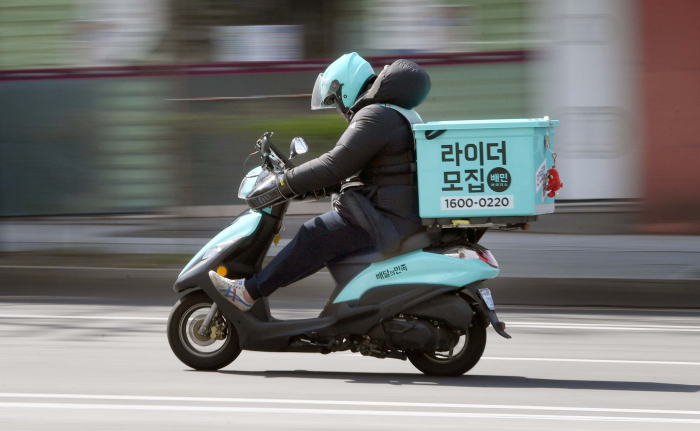
With the recent spike in daily new Covid-19 cases, it’s a good time to review the great delivery options that are available in Korea. Delivery is a great way to support restaurants during Level 4 Covid-19 restrictions, particularly since Korea’s delivery options are so quick and easy. In Korea, delivery workers are permitted to use motorcycles so restaurants can deliver quickly and to a larger delivery zone. One caveat is that most of the restaurant names and menus are only available in Korean (with the exception of the “Shuttle” app below) and the apps only accept Korean credit cards. If you’re simply visiting Korea for a brief period, you won’t be able to use a food delivery app by yourself.
“Baemin” is the pioneering app that dominated food delivery in Korea up until recently. Baemin is short for Bae-dal-eh Min-jok, which roughly translates to “delivery nation”. Baemin initially became popular due to its ghost kitchens, many of which deliver food 24 hours a day. Prices were cheap, portions were large and menus were catered towards a younger crowd offering late night “anju” (food to accompany drinking) or snacks at odd hours. Baemin is currently the largest delivery app in Seoul. Yogiyo is another app that is pretty similar to Baemin but not as large.
Baemin has since expanded to include not only ghost kitchens but also some well-established brick-and-mortar restaurants. The app has evolved into a food delivery enterprise that goes beyond the restaurant space. There are now sections that allow you to order groceries, send an instant Baemin e-giftcard to a friend, or order specialty foods from different regions of Korea. You can also find a live shopping section that feels like a mashup of Instagram live, Korean home shopping channels and mukbangs. Though, I have to admit watching the “Shopping Live” section makes me feel somewhat ancient. The format is most definitely geared towards the younger generation. Convenient app features include the delivery-under-30-minutes Baemin1 section and “1 in-boon” section which lists out restaurants that offer single portion menus for people like me who are usually ordering for one.
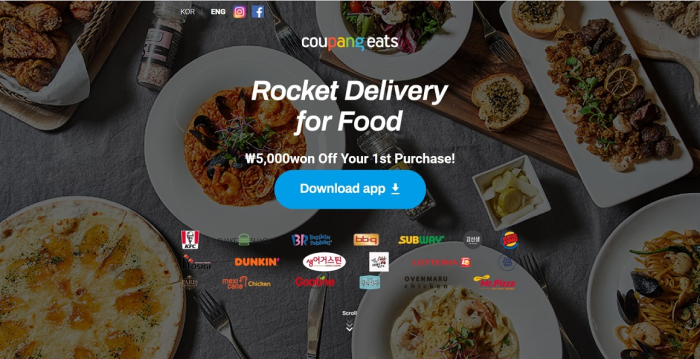
“Coupang Eats” is an app that was launched after Baemin became very popular and is now the delivery app of choice these days. Unlike Baemin, the vast majority of restaurants are actual brick-and-mortar restaurants as opposed to simple ghost kitchens. In fact, many restaurants that were previously difficult to get into due to long wait times are now available on the Coupang Eats app. Also, Coupang Eats doesn’t have grocery deliveries or live shopping yet so is a much cleaner and straightforward option without all the distractions. They also offer a 1-serving section that lists out restaurants with single portion menus as well as “Cheetah” restaurants that can be delivered under 30 minutes similar to Baemin. The information section in each restaurant page also lists the country of origin for their main ingredients.
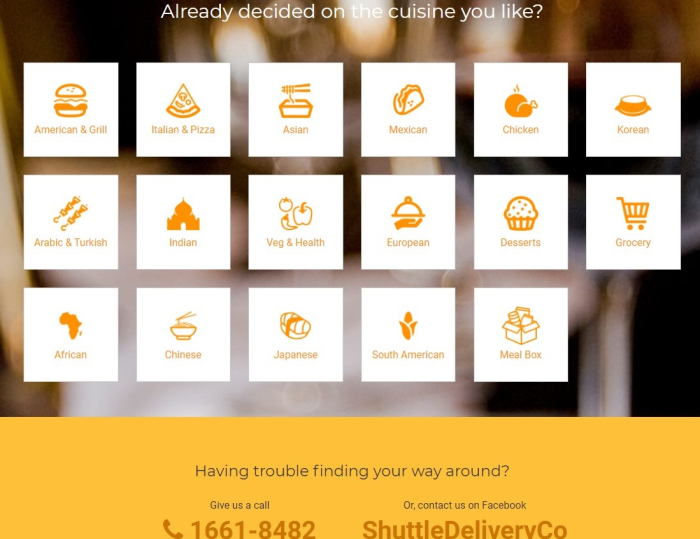
Finally, “Shuttle” is a delivery app that includes many non-Korean restaurants and cuisines. The restaurants tend to be located in the Hannam-dong and Itaewon area where many foreigners live. You can find many ethnic cuisines such as Indian, Thai, Moroccan or Mexican restaurants. The restaurants also tend to be more aggressively seasoned than most of their counterparts because the owners aspire to more authentic flavors. It’s a great app for when you are feeling a bit homesick or don’t have anyone to help you navigate the other apps.
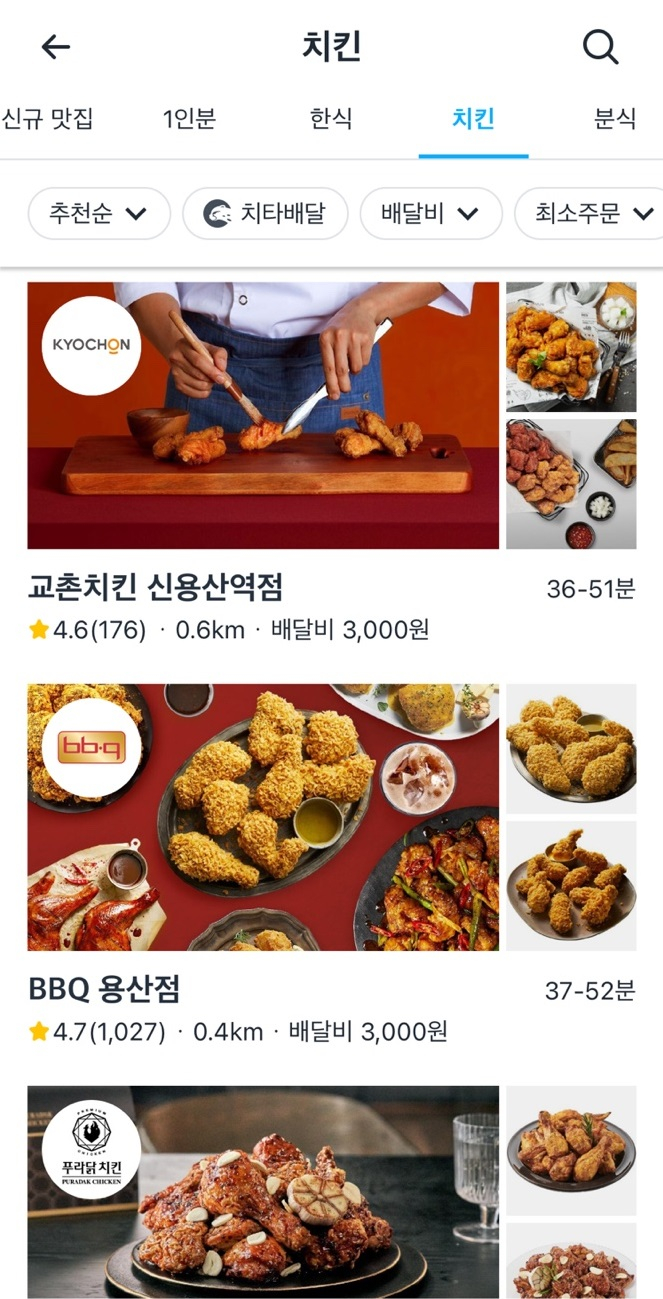
One of my favorite meals to order for delivery though is jjim-dak (spicy soy-braised chicken). When I’m craving something addictively sweet and spicy late at night, jjim-dak typically comes to mind. Jjim-dak is whole chicken chopped into small pieces and braised in a spicy, soy marinade together with potatoes, dang-myeon (flat glass noodles) and rice cakes. The balance of sweet and spicy creates an addictive sauce that is soaked up by the noodles and the potatoes. You can typically select the level of spice and I recommend going with the moderately spicy option, at a minimum. If you go with mild, the balance leans sweeter and doesn’t produce enough of that addictive flavor. If you go with extra spicy, the flavor of the chicken completely disappears leaving just texture. You can also add cheese though I personally find most cheese at jjim-dak restaurants to be rather flavorless and rubbery. If you go all out on the spiciness level, the cheese may help to neutralize the heat somewhat but I don’t really recommend it. Depending on the restaurant, you can also add-in extras such as dumplings, boiled eggs or a side of nurungi (scorched fried rice).
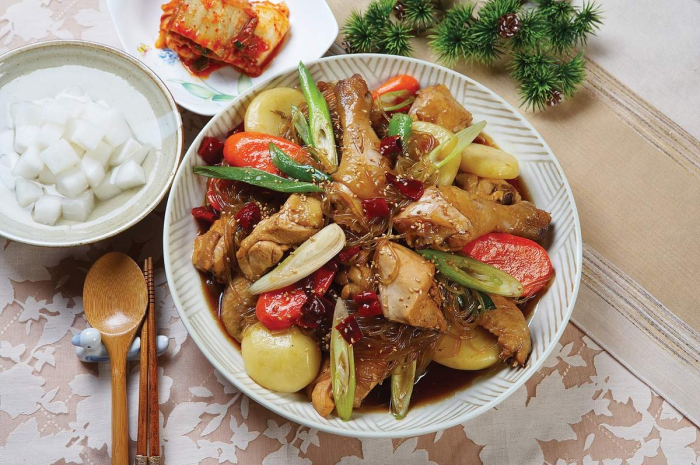
Another dish that I enjoy ordering for delivery in Korea is hwe, or Korean-style sashimi. Different from Japanese sushi or sashimi, the Korean hwe experience is unique. Korean hwe is served immediately after the fish is killed, gutted and sliced to keep the texture intact. The fish is slightly chewier allowing the sweetness of the fish to come out as you chew. It’s surprisingly a good delivery option thanks to the ultra-fast delivery motorbikes. A hwe dish usually includes 3-4 different types of fish and comes with soy sauce, wasabi, chojang (red pepper vinegar sauce), and lettuce/perilla leaves to wrap as ssam. Some restaurants will change the type of fish depending on what is in season. You can add-on other raw seafood such as mung-gae (sea pineapple), abalone, even live octopus. It’s not cheap but it is worth it. Most places also offer mae-un-tang which is a spicy fish stew that is made with the head and bones of the fish. I highly recommend ordering a bottle of soju to pair with the fish to complete the experience.
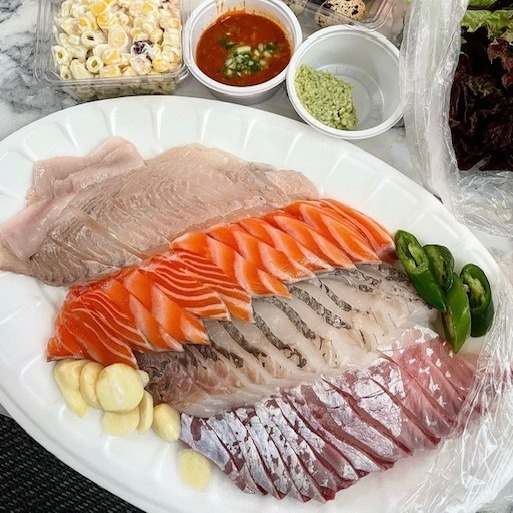
The options available on these delivery apps are simply endless so I can’t possibly list them all out. But it’s so much fun to explore all the different kinds of food that Seoul has to offer, so I encourage you take a look. From Korean-style corn dogs, bunsik (Korean snacks such as teokbokki and soondae), pig trotters, unique pizzas, Korean-Chinese food and even bing-soo (shaved ice desserts), you should be able to find something that will hit the spot in the comfort of your own home.
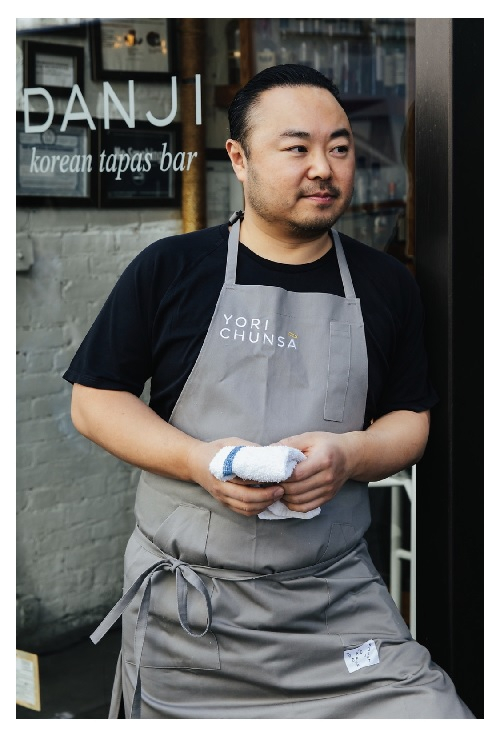
Chef Hooni Kim trained at Daniel and Masa in New York City before opening two restaurants there: Danji, the first Michelin-starred Korean restaurant in the world; and Hanjan. Born in Seoul, he divides his time between NYC and Korea, where he is the founder of Yori Chunsa, a nonprofit that feeds and trains orphans to become cooks. Chef Hooni is also the author of the highly acclaimed cookbook My Korea: Traditional Flavors, Modern Recipes published in 2020 by W.W. Norton & Company.
-

-

-

-

-
 Taste memory
Taste memoryOct 09, 2020 (Gmt+09:00)
5 Min read


